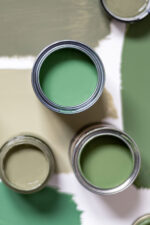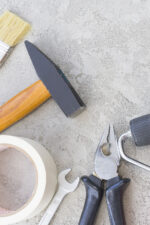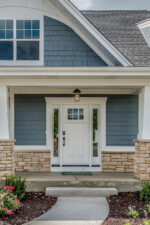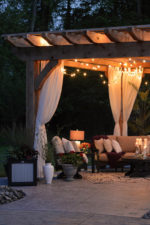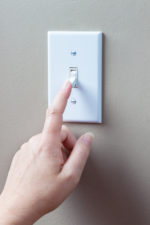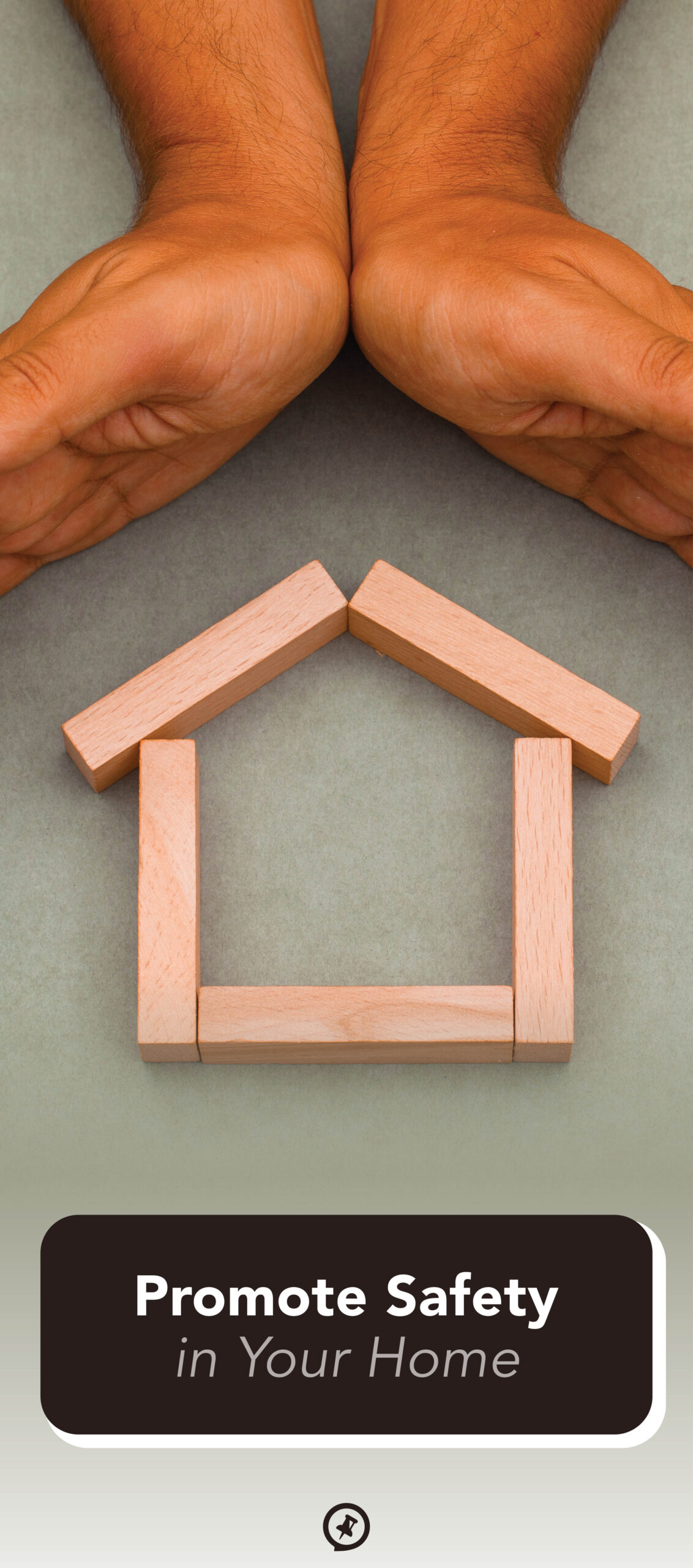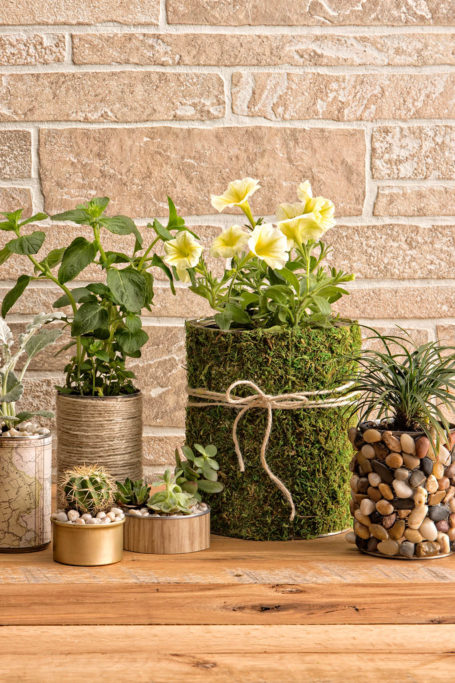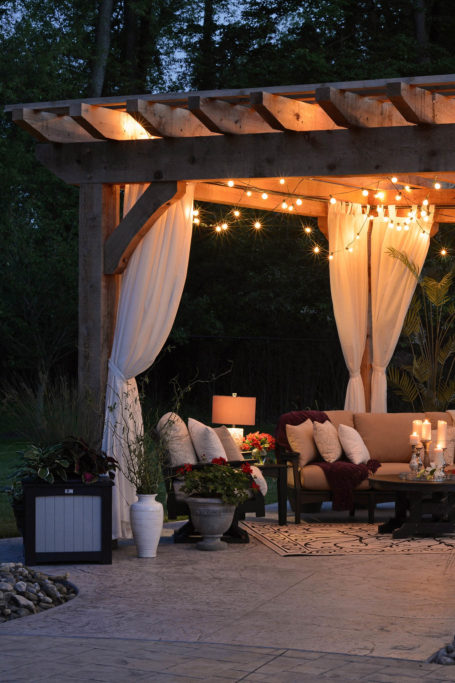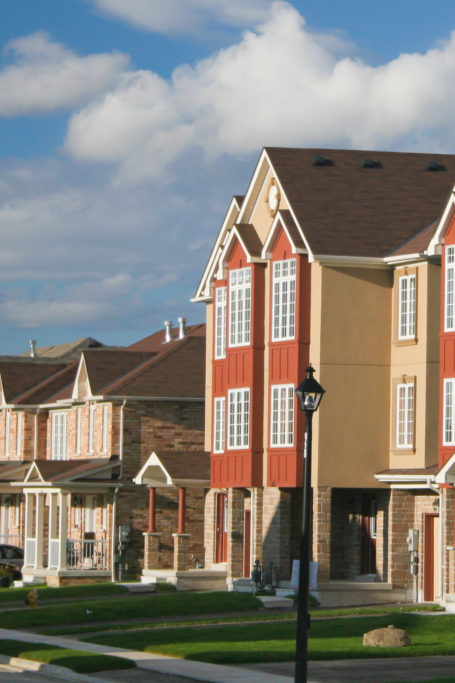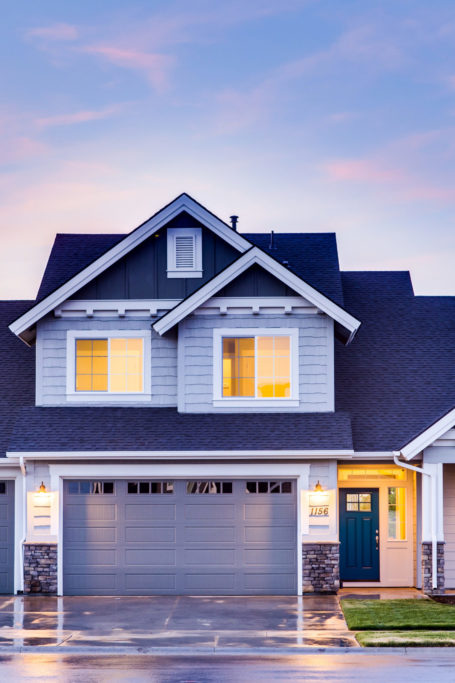Promote Safety in Your Home
Every June, the United States observes National Safety Month to remind Americans of the importance of safety as it relates to their home, health, workplace, community, and recreational activities. That makes now a great time to review your own home safety standards to ensure that you and your family are safe from injury all year. To help with this assessment, use the following guide on the best home safety practices.
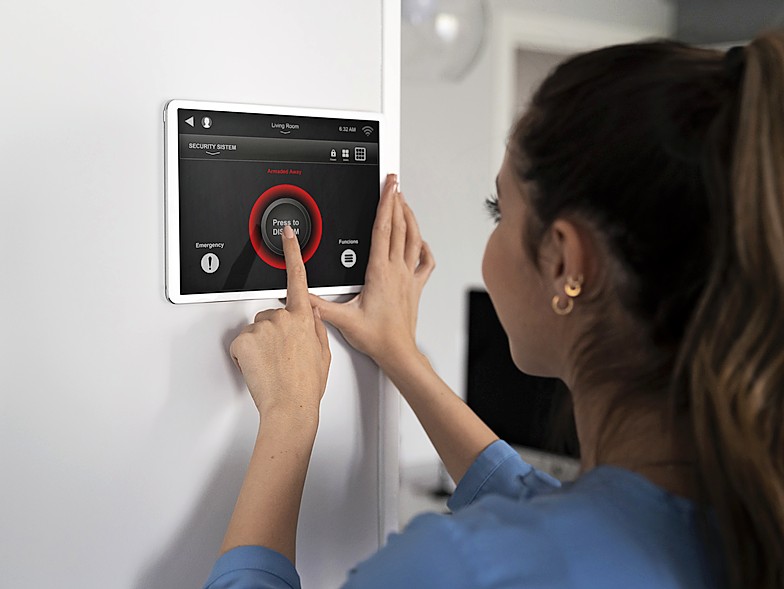
Fires
Although fires and fire deaths have gone down significantly since the 1970s, the National Fire Protection Association (NFPA) still estimates that, somewhere in the nation, a fire department responds to a fire every twenty-three seconds. To reduce the risk of a home fire, it is essential to be aware of the top causes outlined by the NFPA: cooking, heating, electrical, smoking, and candles. Implement these safety protocols to help prevent physical harm to you and your loved ones and substantial damage to your property.
Create a fire escape plan
Consider drawing a floor plan of your home highlighting which exits are the fastest or easiest to access. Also, practice your escape plan with your family by doing a mock fire drill and understanding how to operate a fire ladder.
Have operational smoke alarms
The NFPA reports that about 60 percent of home fire fatalities occur in homes with no smoke alarms or ones that aren’t working. Therefore, they recommend checking the effectiveness of your safety alarms every month to be sure the batteries are working, and swap non-working ones for new ones as soon as possible. Finally, you should also keep a functional fire extinguisher in the kitchen and any other easy-to-reach places.
Put away matches and lighters
According to NFPA, children are often at risk of starting home fires. So whether you enjoy the ambience of lit candles, have a wood-burning fireplace, or are a smoker, be sure to keep your matches and lighters well out of reach of small children.
Don’t overload your electrical outlets
Connecting several devices to a power strip, and using adapters to increase how many you can plug in, can overload the outlet, leading to a potential electrical fire. Instead, buy only power strips that are UL approved, and check them regularly for any damage.
Number your house
Be sure your house or building number can be easily seen from the street so firefighters can find your home quickly if a fire occurs. Install reflective numbers by your front door, and consider placing additional numbers near your driveway and at the foot of your property.
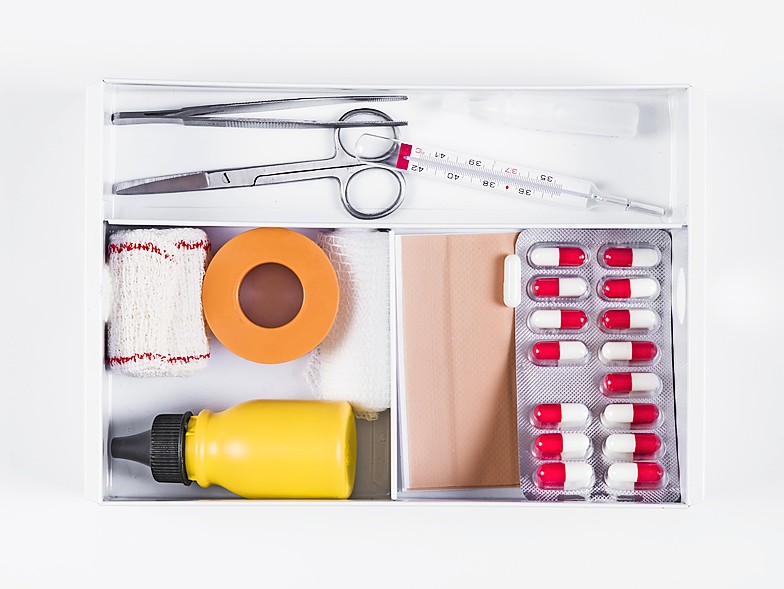
Home safety
Taking the necessary steps to prevent accidents or fires, such as checking your home for potential hazards and preparing for possible emergencies, are essential to keeping your family safe. By following a few simple tips, you can have peace of mind.
Install carbon monoxide detectors
You cannot smell carbon monoxide the way you can smell smoke. Therefore, it’s essential to install a carbon monoxide alarm in each sleeping area and on every level of your home. You should place them in other locations as required by law, codes, or standards.
Safeguard your home from falls
Protect yourself, your family, and your guests from potential falls by ensuring that all walkways and stairways are properly maintained and free of any potential hazards. For example, install handrails on staircases, secure any loose rugs or mats, and keep floors clear of clutter. Additionally, place nonslip mats in areas that may become slippery when wet, and add grab bars to showers and near toilets as needed.
Install adequate lighting
Having motion-activated lights around the outside of your home can be beneficial in numerous ways. It can help prevent falls in the dark and serve as a form of security by discouraging people from entering your property and alerting you if they do. Just make sure to frequently check for light bulbs that are burned out and replace them swiftly.
In the event a severe storm leads to a prolonged outage, a generator can be invaluable, especially if you or a loved one relies on medical devices that need electricity to function.
Make an emergency first aid kit
Always keep a first aid kit that’s easily accessible in case of an emergency. Whether you make your own or purchase a premade one, there are several items you should include:
- Bandages, absorbent gauze, and adhesive tape
- Antibiotic ointment
- Cleansing wash and alcohol wipes
- Ice packs
- Disposable gloves
- Scissors
- Pain reliever (ibuprofen, acetaminophen, or aspirin)
- Compact blanket
- Tourniquet (to help prevent severe blood loss)
- Breathing barrier (one-way valve)
It can be hard to keep track of everything in your home that could potentially pose a physical threat to your family. However, by taking some preliminary precautions, you can better ensure that they’ll be protected from any emergency that arises.


